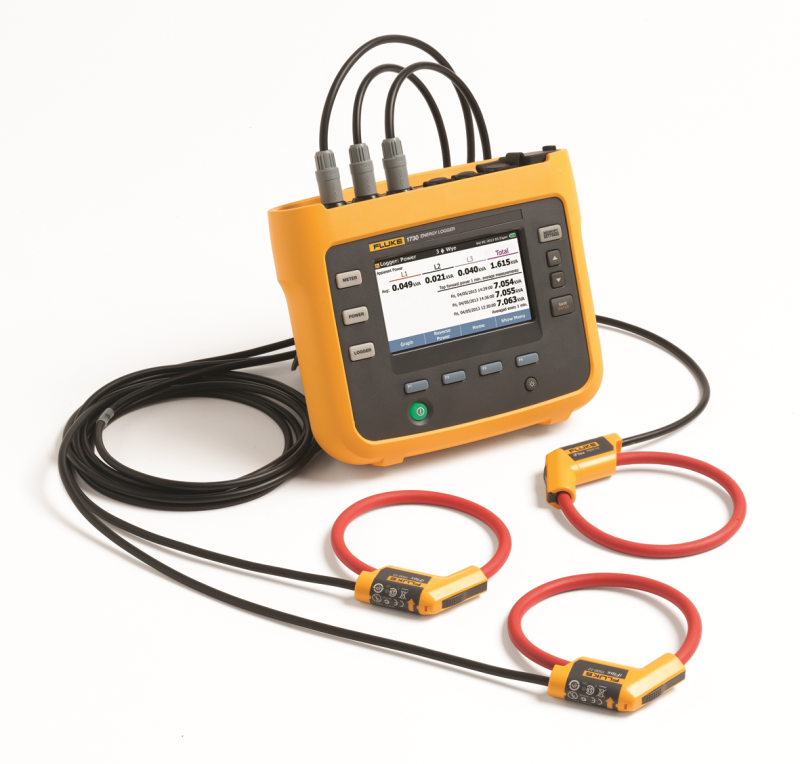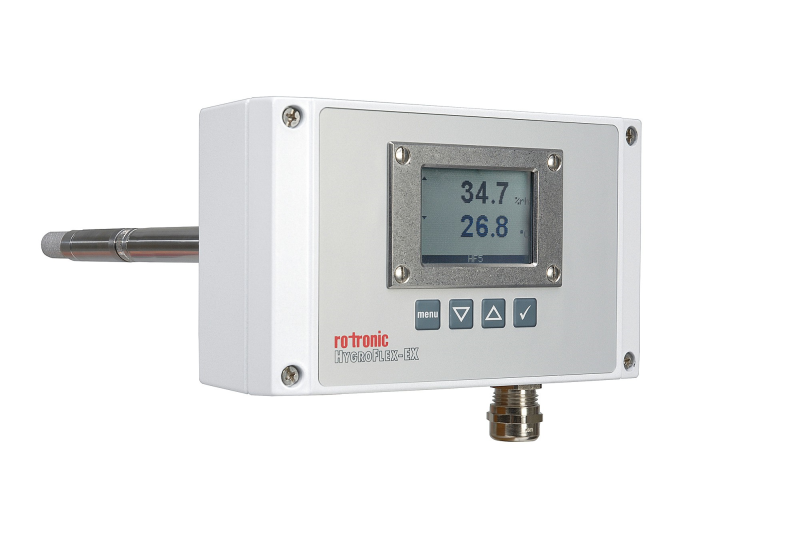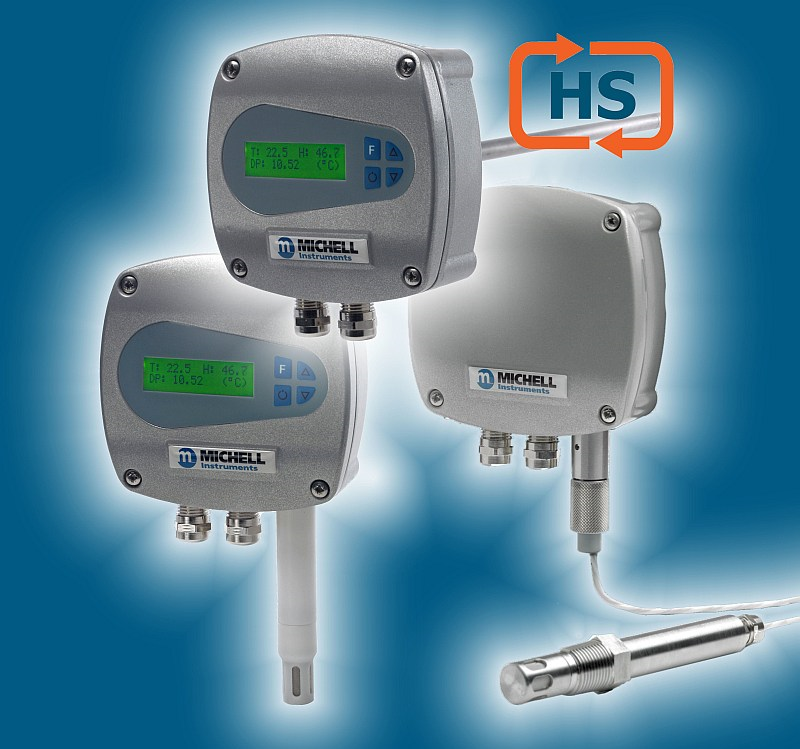 StrainSense is proud to introduce a range of rotary potentiometers to complement their very successful range of linear potentiometers and string pots.
StrainSense is proud to introduce a range of rotary potentiometers to complement their very successful range of linear potentiometers and string pots.
Housed in a robust aluminium enclosure to IP65 with optional IP67, the potentiometers have been designed to withstand the harsh operating environments such as autosport and heavy industrial.
Measurement applications include suspension, throttle position, dancing arm position, robotic movements and many more where high accuracy, repeatability and life are required.
The flange options allow for interchangeability with existing units.
Key Features:
1 ) Measurement ranges of 350°, 125°, 125° & 45°
2) Single and dual output options
3) Temperature ranges to 175°C
4) Raychem 55 cable
5) Compact design, 22.5mm diameter
6) Low profile, 13mm high
7) 3 standard mounting flanges, custom options
8) Reversible output
9) 3 shaft options
10) Manufactured in the UK
These sensors have been designed for both the Test & Measurement and OEM markets.
Our position sensor range now includes rotary, linear potentiometers, LVDT’s RVDT’s, joysticks, inclinometers and string pots.
To register your interest and to discuss requesting a sample visit www.strainsense.co.uk/contact or call 01908 305 960
StrainSense – Making sense with sensors
Stratford Business Park
Falcon Drive
Old Straford
Milton Keynes, MK19 6FG
01908 305 960
 Instrumentation Monthly Test | Measurement | Control
Instrumentation Monthly Test | Measurement | Control






 Unique Quick Release technology allows full change outs of wetted parts within seconds, reducing downtime for greater productivity.
Unique Quick Release technology allows full change outs of wetted parts within seconds, reducing downtime for greater productivity. The pneumatically-operated, adjustable valve applies precise micro-deposits as small as 150 µm (0.15 mm) (0.006”) of low- to high-viscosity fluids onto a substrate. The xQR41’s exchangeable modular design can be configured with stroke adjustable or non-adjustable cap, BackPack™ valve actuator, low-profile mounting block, and 90° air and fluid inlet fittings. The fluid body can be aligned and locked at 360° intervals to accommodate mounting, positioning, and fluid inlet alignment needs. It can be installed on many automation platforms.
The pneumatically-operated, adjustable valve applies precise micro-deposits as small as 150 µm (0.15 mm) (0.006”) of low- to high-viscosity fluids onto a substrate. The xQR41’s exchangeable modular design can be configured with stroke adjustable or non-adjustable cap, BackPack™ valve actuator, low-profile mounting block, and 90° air and fluid inlet fittings. The fluid body can be aligned and locked at 360° intervals to accommodate mounting, positioning, and fluid inlet alignment needs. It can be installed on many automation platforms. Inductive position transducers
Inductive position transducers Magnetostrictive position transducers
Magnetostrictive position transducers Non-contact multiturn rotary sensors
Non-contact multiturn rotary sensors Thermocouple & Resistance Thermometer Sensors
Thermocouple & Resistance Thermometer Sensors  Probe and tip configurations include high sensitivity surface contact sensors with straight and right angled probes for alternative process access and a rugged, heavy duty penetration probe. Applications include machinery and packaging temperature sensing, frozen product temperature sensing and any requirement for accurate surface temperature measurement up to 900 oC.
Probe and tip configurations include high sensitivity surface contact sensors with straight and right angled probes for alternative process access and a rugged, heavy duty penetration probe. Applications include machinery and packaging temperature sensing, frozen product temperature sensing and any requirement for accurate surface temperature measurement up to 900 oC. Labfacility Ltd
Labfacility Ltd HBM – a market leader in the field of test and measurement – is pleased to announce the new
HBM – a market leader in the field of test and measurement – is pleased to announce the new  The latest generation of Rotronic Intrinsically Safe temperature and humidity sensors and measurement transmitters are now ATEX certified for temperatures up to 85 °C, Zone 0/20. This higher temperature limit makes them suitable for an even wider range of applications and installations where there is a risk of explosion due to dust or gas in the environment. The HygroFlex5-EX Series was developed for the pharmaceutical, biotechnology, grain & sugar, petrochemical and oil & gas industries.
The latest generation of Rotronic Intrinsically Safe temperature and humidity sensors and measurement transmitters are now ATEX certified for temperatures up to 85 °C, Zone 0/20. This higher temperature limit makes them suitable for an even wider range of applications and installations where there is a risk of explosion due to dust or gas in the environment. The HygroFlex5-EX Series was developed for the pharmaceutical, biotechnology, grain & sugar, petrochemical and oil & gas industries.
 Michell Instruments will be showcasing its latest range of relative humidity transmitters for industrial applications at Sensors and Instrumentation. As well as being flexible for use in a wide range of processes, the HygroSmart 280 & 290 series includes an interchangeable sensor that allows routine maintenance to be made in just 30 seconds for most models.
Michell Instruments will be showcasing its latest range of relative humidity transmitters for industrial applications at Sensors and Instrumentation. As well as being flexible for use in a wide range of processes, the HygroSmart 280 & 290 series includes an interchangeable sensor that allows routine maintenance to be made in just 30 seconds for most models.